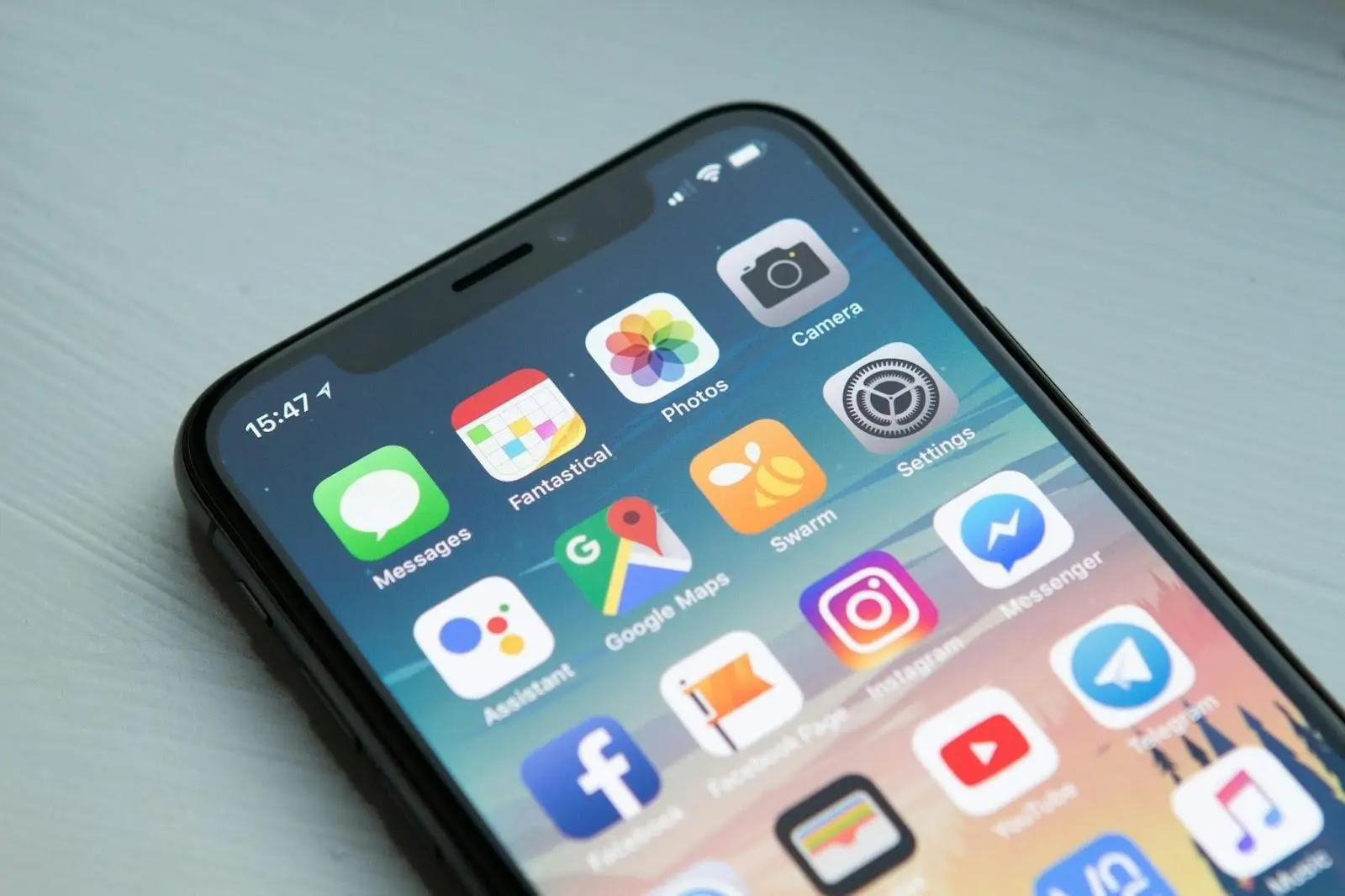How Mobile Ethnography is Changing Market Research
Market research has always been a crucial aspect of business strategy, providing insights into consumer behavior, preferences, and trends. Traditionally, market research methods have included surveys, focus groups, and interviews. However, with the advent of mobile technology, a new approach known as mobile ethnography has emerged, revolutionizing the way companies gather and analyze data about their target audience. In this blog post, we’ll explore how mobile ethnography is changing market research and why it’s becoming increasingly popular among businesses.

Understanding Mobile Ethnography
Ethnography is a qualitative research method that involves studying people in their natural environment to understand their behaviors, attitudes, and cultural context. Traditionally, ethnographic research required researchers to physically immerse themselves in the community they were studying, often spending extended periods observing and interacting with participants.
Mobile ethnography takes this concept a step further by leveraging mobile devices such as smartphones and tablets to conduct research remotely, professionals from Strylite explain. Participants are asked to document their daily lives, experiences, and interactions using text, photos, videos, and audio recordings through mobile apps or platforms. This approach allows researchers to gain real-time insights into consumer behavior without being physically present, making it more convenient, cost-effective, and scalable.
Advantages of Mobile Ethnography
Contextual Insights: Mobile ethnography enables researchers to capture data in real-world settings, providing context-rich insights into how consumers behave, think, and make decisions in their natural environment. This contextual understanding is invaluable for developing products, services, and marketing strategies that resonate with target audiences.
Rich Media Content: With mobile devices, participants can easily capture and share multimedia content such as photos, videos, and voice recordings. This visual and auditory data adds depth and richness to the research findings, allowing researchers to uncover nuanced emotions, preferences, and experiences that may be difficult to articulate in surveys or interviews.
Real-Time Feedback: Unlike traditional research methods that rely on retrospective recall, mobile ethnography allows for real-time data collection. Participants can provide feedback and observations as events unfold, providing immediate insights into consumer reactions, trends, and emerging issues.
Global Reach: Mobile ethnography has the potential to reach a global audience, transcending geographical barriers and cultural differences. Researchers can recruit participants from diverse backgrounds and locations, gaining cross-cultural perspectives and insights that inform global marketing strategies.
Longitudinal Studies: Mobile ethnography facilitates longitudinal studies by capturing data over an extended period. This longitudinal approach allows researchers to track changes in behavior, preferences, and trends over time, uncovering patterns and identifying long-term shifts in consumer behavior.
Applications of Mobile Ethnography in Market Research
Product Development: Mobile ethnography helps companies understand how consumers use their products in real-world settings, identify pain points, and gather feedback for product improvements and innovations. For example, a tech company may use mobile ethnography to study how users interact with a new mobile app, capturing user experiences, challenges, and suggestions for enhancement.
Consumer Behavior Analysis: By observing consumers in their natural environment, mobile ethnography provides insights into purchase decisions, brand preferences, shopping habits, and product usage patterns. This information helps businesses tailor their marketing strategies, pricing strategies, and product offerings to meet consumer needs and expectations.
Brand Perception and Messaging: Mobile ethnography allows researchers to explore how consumers perceive brands, advertisements, and marketing messages in real-life contexts. By analyzing consumer reactions to brand communications, companies can refine their messaging, brand positioning, and storytelling to resonate with target audiences effectively.
User Experience (UX) Research: In the digital age, user experience plays a crucial role in customer satisfaction and retention. Mobile ethnography helps UX designers and researchers understand how users interact with digital interfaces, websites, and apps, identifying usability issues, design preferences, and areas for improvement.
Trend Monitoring and Forecasting: Mobile ethnography enables companies to monitor consumer trends, lifestyle changes, and cultural shifts in real-time. By analyzing the data collected from participants, businesses can anticipate market trends, identify emerging opportunities, and stay ahead of competitors.
Best Practices for Mobile Ethnography
Clear Objectives: Define clear research objectives and questions before conducting mobile ethnography to ensure focused and actionable insights.
Participant Selection: Select participants that represent your target audience in terms of demographics, behaviors, and preferences to ensure relevant and meaningful data collection.
Ethical Considerations: Respect participant privacy, obtain informed consent, and adhere to ethical guidelines when collecting and analyzing data.
Engagement Strategies: Use engaging prompts, activities, and incentives to encourage active participation and accurate data collection from participants.
Data Analysis: Employ qualitative analysis techniques such as thematic analysis, content analysis, and narrative analysis to interpret and extract meaningful insights from the collected data.

Mobile ethnography is transforming the landscape of market research by offering a flexible, immersive, and real-time approach to understanding consumer behavior and preferences. By leveraging mobile technology, businesses can gain contextual insights, capture rich media content, monitor trends, and make data-driven decisions that drive innovation and competitive advantage. As mobile devices continue to evolve, the potential for mobile ethnography to revolutionize market research and inform strategic business decisions will only continue to grow.


